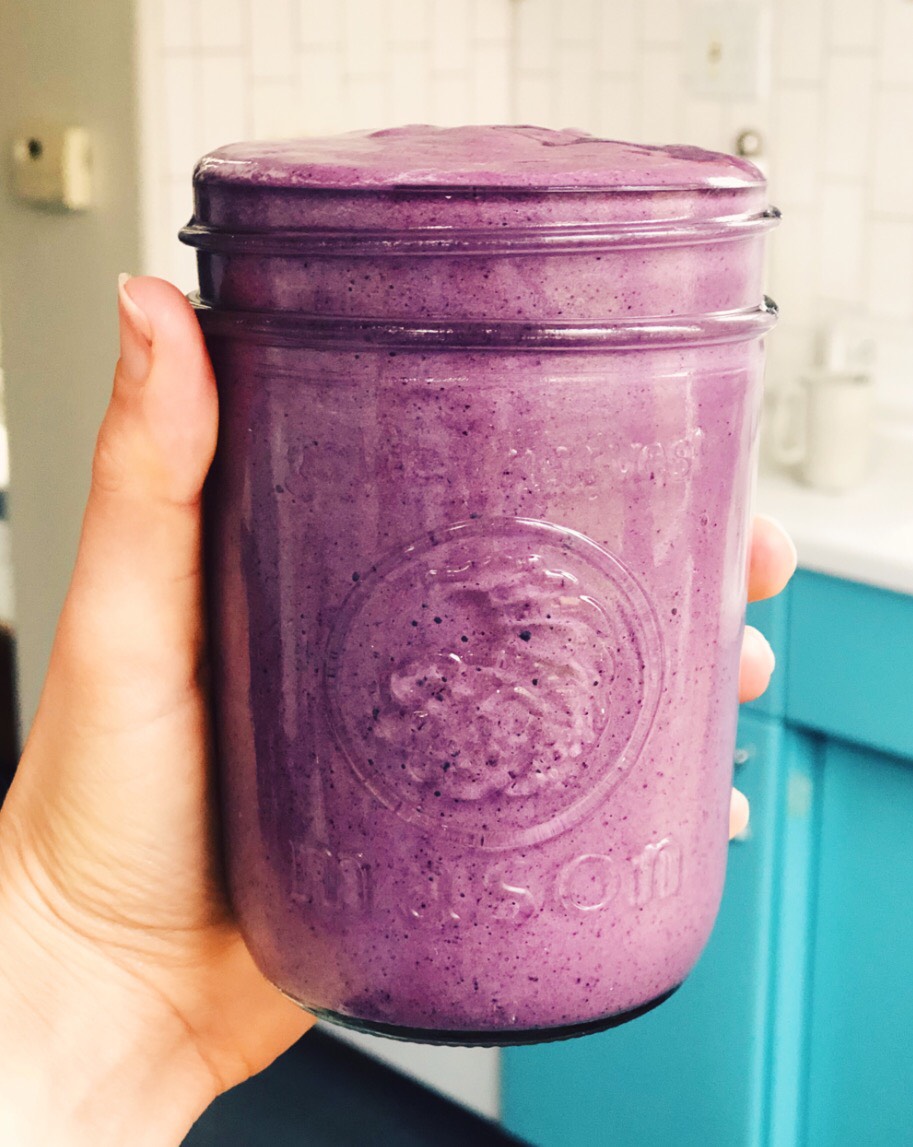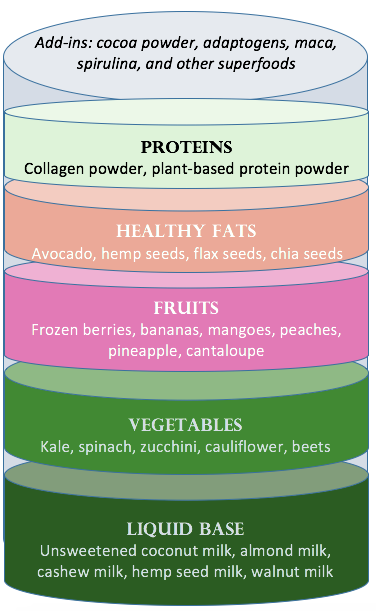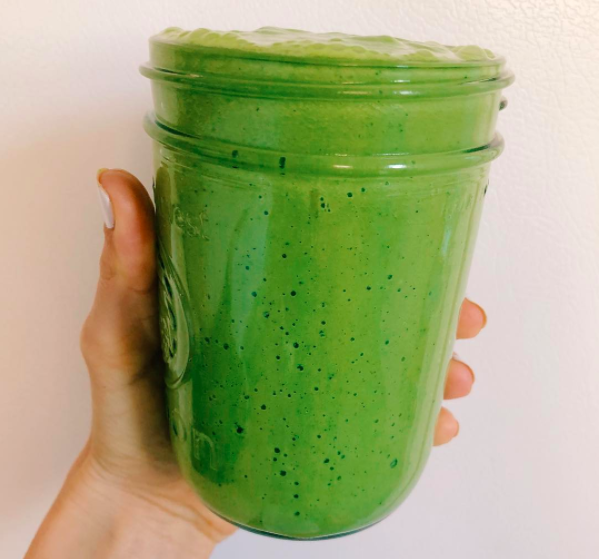LIQUID BASE
1 to 1 ½ cups
Alright, this is where the magic begins. I typically choose a non-dairy base for the morning, but I have including some options for full-fat dairy as well. For one serving I typically do 1 cup to 1 and ¼ cup of liquids. 1 ½ cup when working with all frozen fruits and vegetables and 1 cup when working with a mix of fresh and frozen. The amount of liquid will help determine the creaminess and thickness of your smoothie.
I find cashew milk to be the least disruptive in terms of taste but I also love any nut milks including almond, macadamia nut and coconut milk. Oat milk and hemp seed milk are coming more out on the market now but it’s hard to find a good brand free of sweeteners. Personally I find it easy to make nut and seed milks from scratch.
Cashew, hemp, sunflower and pumpkin seed milk only require soaking and blending with no straining. Walnut, hazelnut, almond and brazil nut milks are my favorite to make, strained through a nut bag or cheese cloth. The nut pulp can be used to make energy balls! Fresh, homemade nut milks last in your fridge for 3-4 days.
If you are partial to dairy in your smoothies I suggest a good full fat milk made from grass-fed cows or using full fat regular or greek yogurt.
VEGETABLES
1-2 handfuls
The key to adding vegetables is to not use more than one or two. Due to the fiber content in vegetables and the addition of using fruits, combining too many vegetables in a smoothie may be hard to digest and causing you to run to the toilet. Oof. We don’t want that. Below I have listed my favorite veggie combinations along with how to prepare and store.
Zucchini – wash and slice into 1-inch coins. Zucchinis are easier to digest than more cruciferous vegetables and can be used in your smoothie raw or cooked. For raw, simple toss into a reusable container in your freezer. For cooked, you can blanch in boiling water or steam for 2-3 minutes. You cannot taste in smoothies and adds a nice thick texture.
Leafy Greens (Spinach, Romaine Dandelion or Kale) – can be added raw. I wouldn’t add more than a handful of each for easier digestion. For any leafy greens, store in your refrigerator wrapped in a paper towel to absorb excess moisture and keep fresher longer.
Cauliflower – wash and slice a head of cauliflower or buy pre-sliced in the frozen section. I suggest that you cook your cauliflower, you can blanch in boiling water or steam for 2-3 minutes. Let cool before freezing or lay flat to freeze so the florets don’t stick together. You cannot taste in smoothies and adds a nice fluffy texture. I wouldn’t use more than a handful.
Beets – if you are buying your beets raw, you can roast in your oven or cook in boiling water. When you are able to pierce with a fork, remove from oven or water and peel off the skin. This is easily done by rubbing a paper towel over the skin. Slice into chunks and let cool before freezing or lay flat to freeze so that the chunks don’t stick together. Store in a reusable container in your freezer. You can also find precooked beets in most grocery stores as well.
Squash or Sweet potatoes – I love using squash and sweet potatoes in smoothies. They thicken the smoothie and add a creamy texture and sweet taste. I have used both delicate and butternut squash. Both by roasted before hands and removing the skins. Yellow squash is easy to use too, and prepared just like zucchinis. For sweet potatoes, I roast in the oven at 375 degrees until tender enough to be pierced with a fork. Remove, let cool, remove the skin and slice into chunks to be frozen.
Carrots – Prepare the same way you would zucchinis as described above, but make sure you peel beforehand.






